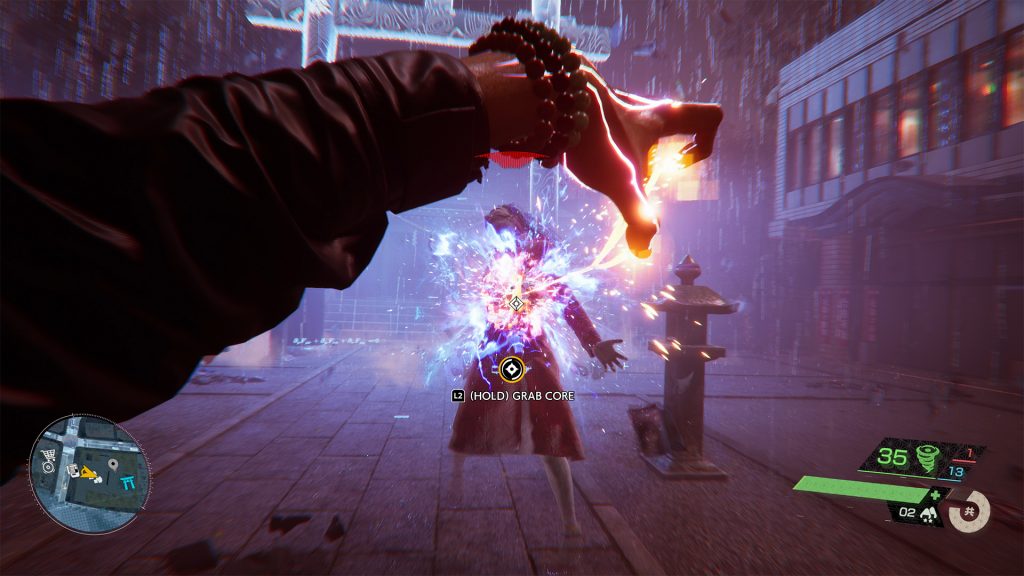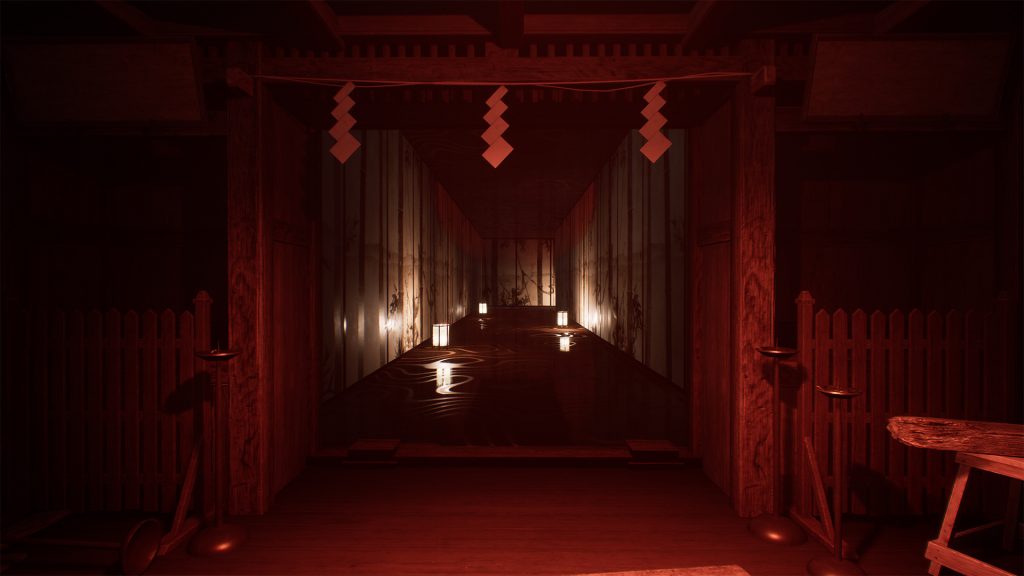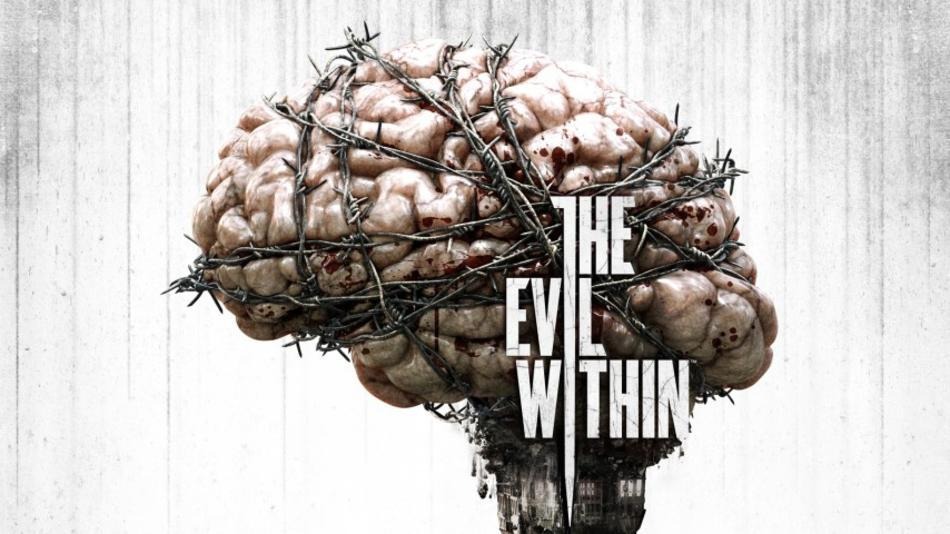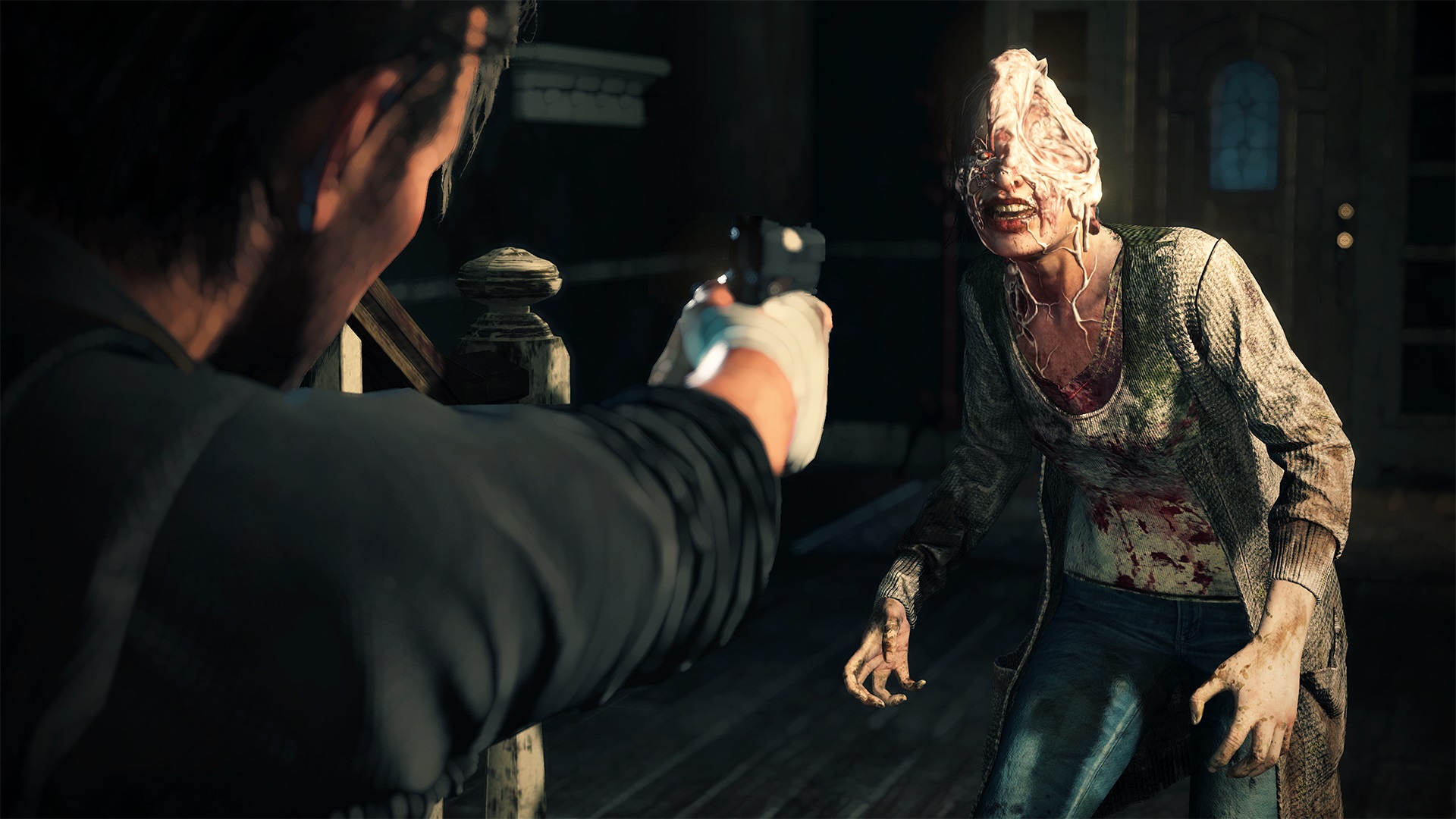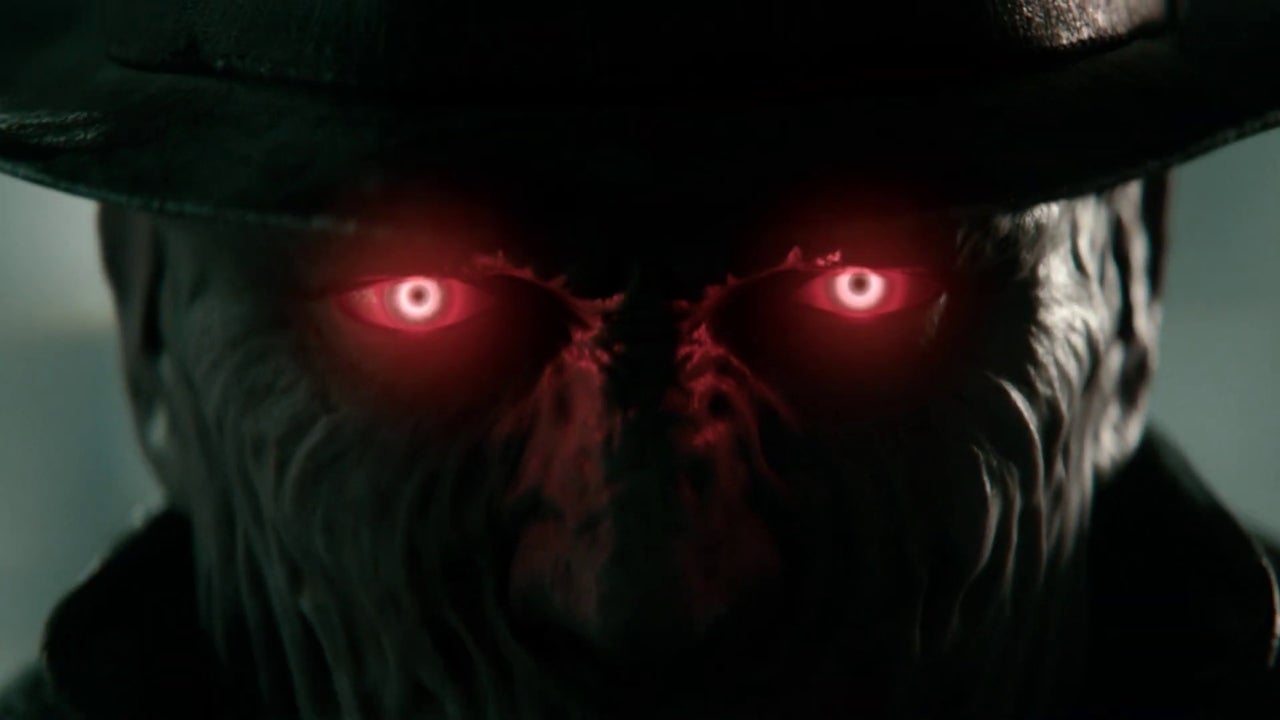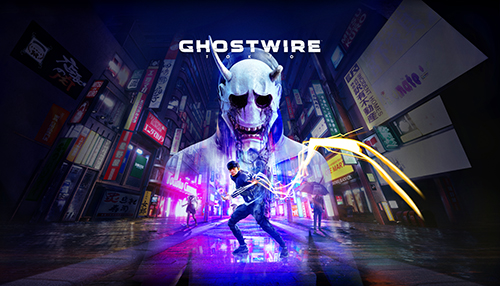
When Ghostwire: Tokyo was revealed back in 2019, I’m not sure what I was exactly I was expecting from old mate Shinji Mikami’s latest horror project with Tango Gameworks and Bethesda. But, having now seen a good half hour of the game thanks to a special media preview event, it’s clear that he and director Kenji Kimura are having a lot of fun, ostensibly mashing together their favourite horror tropes and monsters from across media, into a bizarre and intriguing open setting.
It certainly looks like a grab bag of horror from the last couple of decades. What seem to be the base-level grunts (or ‘Visitors’) in Ghostwire: Tokyo are essentially Slendermen with umbrellas, tall faceless monsters in suits. There’s also several variations of evil Japanese schoolgirls in sailor fuku outfits, some completely missing heads, what appear to be Silent Hill-esque nurse enemies, a guy in a raincoat with glowing red eyes that’s definitely reminiscent of Deadly Premonition, a monster with giant scissors that feels like Clock Tower… There’s more than a few references that horror fans will spot here.
They’re all thrown together into a world that’s equally influenced by Japanese spiritualism and iconography. Japanese ‘Yokai’ monsters appear as friends, whether they be cute cat-monsters running shops, or flying Tengu that your character can rope onto to access higher terrain. Torii gates are central aspects of the game, littering the streets of Tokyo as portals to the other side, and the protagonist’s main form of attack is ‘Ethereal Weaving’, which essentially looks like those cool Naruto hand gestures, but is apparently based on Japanese kuji-kiri movements.
The main concept is that Tokyo has been invaded by the other side, as an unnatural fog has seeped into its streets, causing everyone within its radius to simply vanish and transform into pure spirits. However, our hero, Akito, has somehow survived this process and has fused with KK, the knowledgeable spirit of a man who had been preparing for this invasion, set in motion by a masked mastermind named Hannya. KK guides Akito around Shibuya, instructing him in how to defend himself and on what he should be seeking to not only rescue the citizens of Tokyo, but push back against the forces of the spirit world.
It’s a little early to tell just how open the world of Ghostwire: Tokyo is at this stage, as much of the preview showed Akito being directed around by KK. The fog filling Tokyo’s streets can be dispersed if Akito can cleanse the large Torii gates found around the city, which are defended by nasty Visitors of course. Clearing fog enables him to explore a little more around that gate’s radius, collecting the lost spirits of Tokyo’s citizens in Japanese paper dolls to be stored in phone booths (I’m sure this makes some kind of sense), or even taking on side missions for spirits you find hanging around. One such side mission, given by a kindly older lady ghost, involves exorcising her angry landlord’s ghost from her property, in order to rescue a Zashiki-warashi – a type of child-like spirit. It’s all pretty strange, but the core gameplay of cleansing shrines, exploring and taking on the missions for the deceased, looks like it has a lot of charm, especially with the unique visual design of a glitching, messed-up Tokyo stuck between two worlds. There’s also shops you can enter to stock up on food and supplies, and ATM’s and other objects that can be broken using your superpowers for cash.
Ghostwire: Tokyo is played from a first-person perspective, with a mix of combat and exploration. Combat is normally performed using Akito’s fast-fingers, which produced glowing strands that he can use to both damage enemies and grab their ‘cores’, which can be destroyed by holding a trigger to demolish them entirely. Other weapons can be found, like an ornate bow and arrow, which has multiple ammo types, and Akito even has his own detective-vision style power called ‘spectral’ vision, which he can use to track enemies through walls and find objectives. Enemies don’t have to be faced head-on either, as stealth is a perfectly viable method to clear out areas as Akito can quickly purge baddies by sneaking up on them. There are also some light Dishonored-esque traversal elements that are worth noting, like Akito’s ability to grapple up to rooftops and survive falls from great heights, as well as dash in mid-air to make certain jumps. Of course, there’s also new powers that Akito can collect, including some kind of fire energy ability he gained near the end of the presentation, and standard skill trees he can level up as he progresses through the game.
A lot of the more interesting content in the demo came from Akito’s exploration of an apartment building that KK directs him to, which feels partially influenced (as many things do) by PT. Inside the Japanese-style apartments, reality warps and bends depending on the spiritual influence within them, as hallways can stretch, gravity can invert and black goo can fill the walls, until Akito finds and destroys the source of the corruption. It felt really creative, and it’ll be interesting to see what other kinds of visual tricks and ideas the Ghostwire team can pull off in these indoor environments.
There’s a lot being thrown at the wall in Ghostwire: Tokyo, and it all actually looks pretty exciting. It’s an open world with an assortment of cool designs inspired by both Japanese culture and the broader horror genre, along with its own unique design and mythology uniting it all, and plenty of opportunities for interesting combat and movement mechanics to be introduced. More simply, it feels like a love letter to horror, but also an original spin on action and horror games in general. I really hope the team can pull off another Evil Within, with something that’s not just wacky, but memorably wacky too. Look for Ghostwire: Tokyo‘s release on 25 March, 2022 on PC and PS5.

